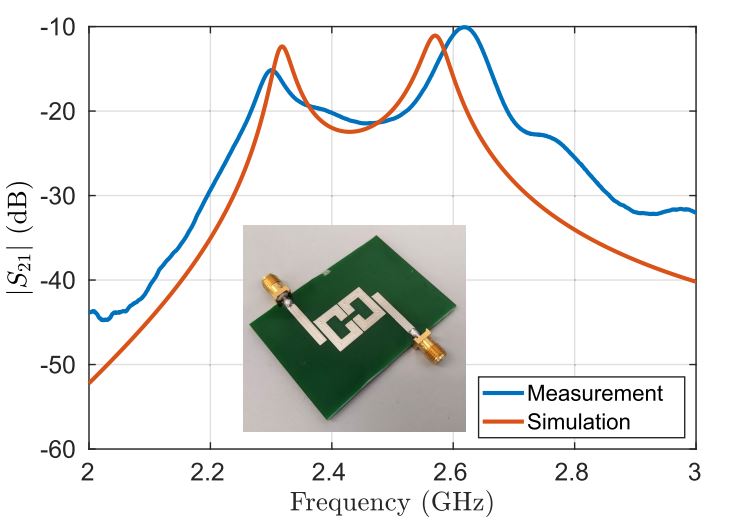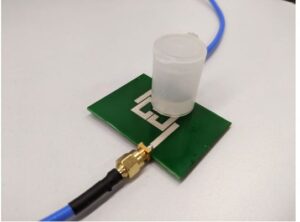 News
News
Biomedical Applications of Inkjet Printed Sensors
Inkjet printing (IJP) is an advanced and rapidly evolving technology that employs the deposition of ink droplets onto various types of substrates. This technique has found success with a plethora of substrates (e.g., paper, polyimide, polyethylene terephthalate, plastic, fiberglass, and ceramic) and different kinds of inks, including polymer, metal, and carbon. The remarkable versatility and widespread applicability of IJP enable it to stand out from the other prevalent technologies.
Recent literature has proposed various IJP-based devices for sensing purposes, including sensors for gas, fluid, strain, pressure, temperature, and humidity measurements. Moreover, IJP technology has proven effective in characterizing biological samples, such as cell cultures. In this context, the research group of Prof. Nicola Donato (Res4Net member) from the Department of Engineering, University of Messina, in collaboration with Prof. Cutroneo’s research group from the BIOMORF Department, have recently published their findings on the development of an inkjet printed microwave sensor designed for the contactless dielectric characterization of biological samples. The article is available as open access here.
In their interdisciplinary study, the researchers employed the IJP technique to develop a planar microwave sensor for dielectric characterization of biological samples. The sensor consists of two capacitively coupled split-ring resonators, fabricated using microstrip technology. The proposed prototype is fabricated by printing on an FR4 substrate a silver-based conductive ink. Experimental analysis involved a water-ethanol mixture as a test solution, with varying ethanol volume fractions to alter the mixture dielectric properties. The mixture was placed in a sample vial, arranged on the sensor’s surface, thus eliminating the need for direct contact between the microwave device and the test solution.
The sample permittivity change influences the capacitive coupling between the two split-ring resonators, altering the separation between two resonant frequencies. This unique design enables the sensor to perform differential measurements, thereby improving its robustness.
For the sake of completeness, a lumped-element equivalent-circuit model has been used to estimate and analyze the changes in the values of the lumped elements with ethanol concentration.
Future work will extend the experimental validation to additional liquid mixtures and biological samples, further exploring the sensor capabilities and emphasizing the promising role of inkjet printed sensors in evolving biomedical research.
 Photograph of the LDPE sample vial containing the water–ethanol mixture placed over the microwave sensor.
Photograph of the LDPE sample vial containing the water–ethanol mixture placed over the microwave sensor.